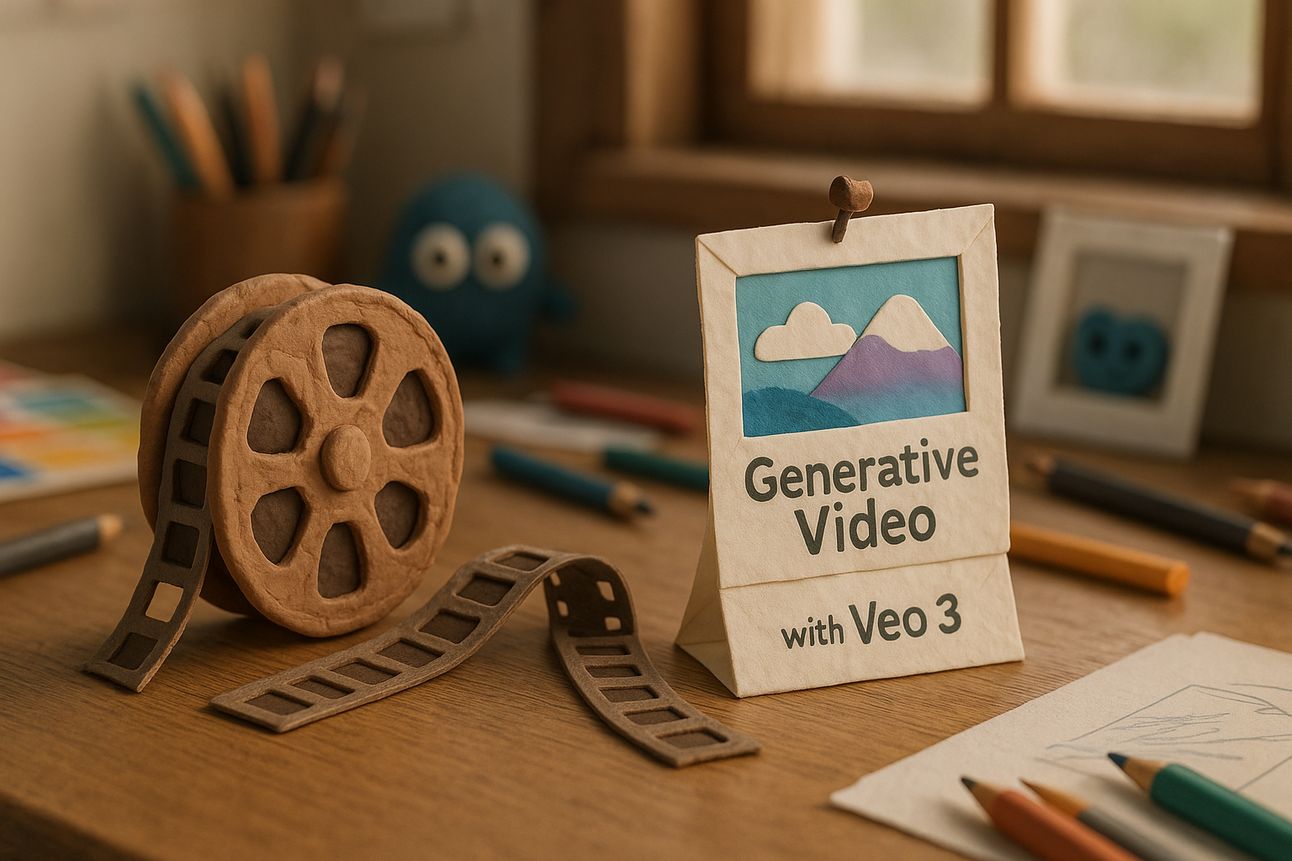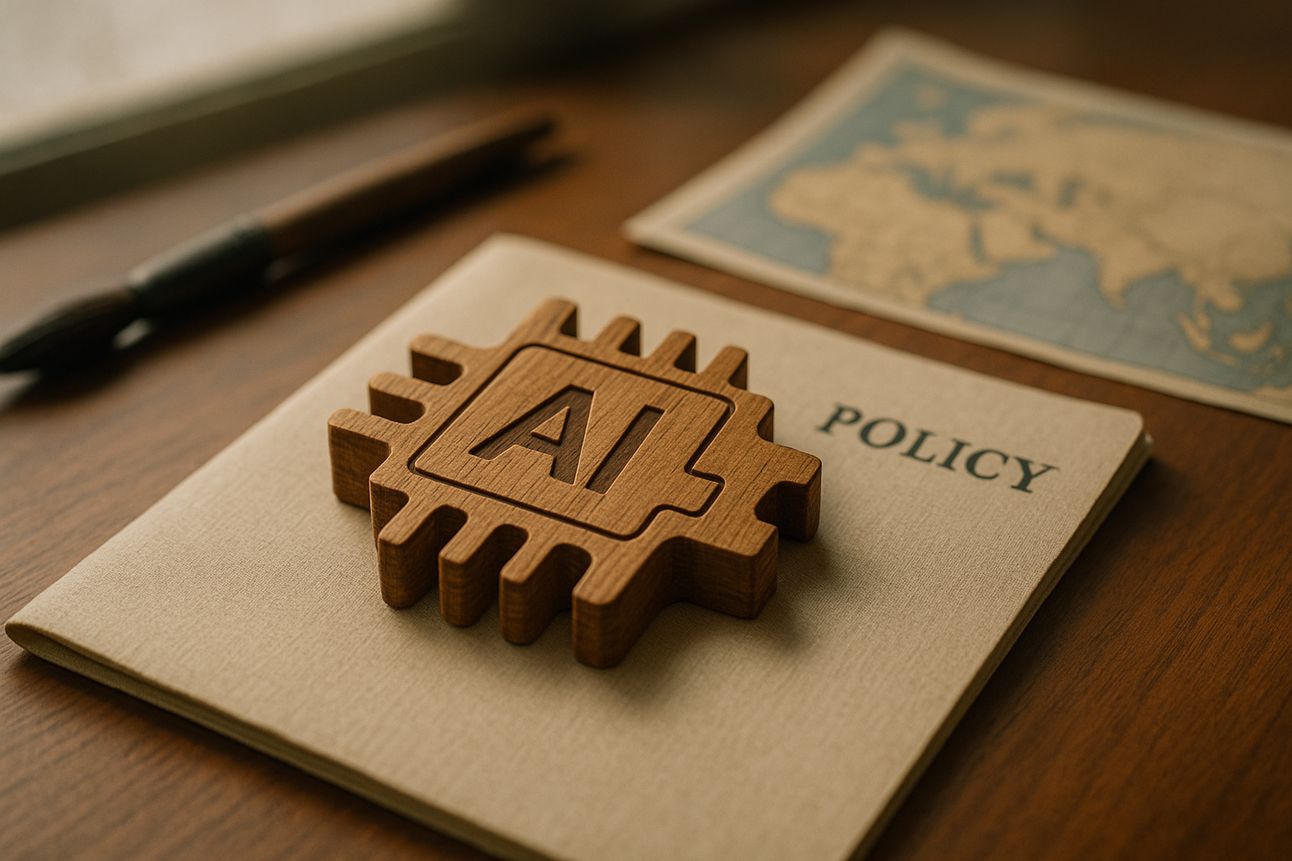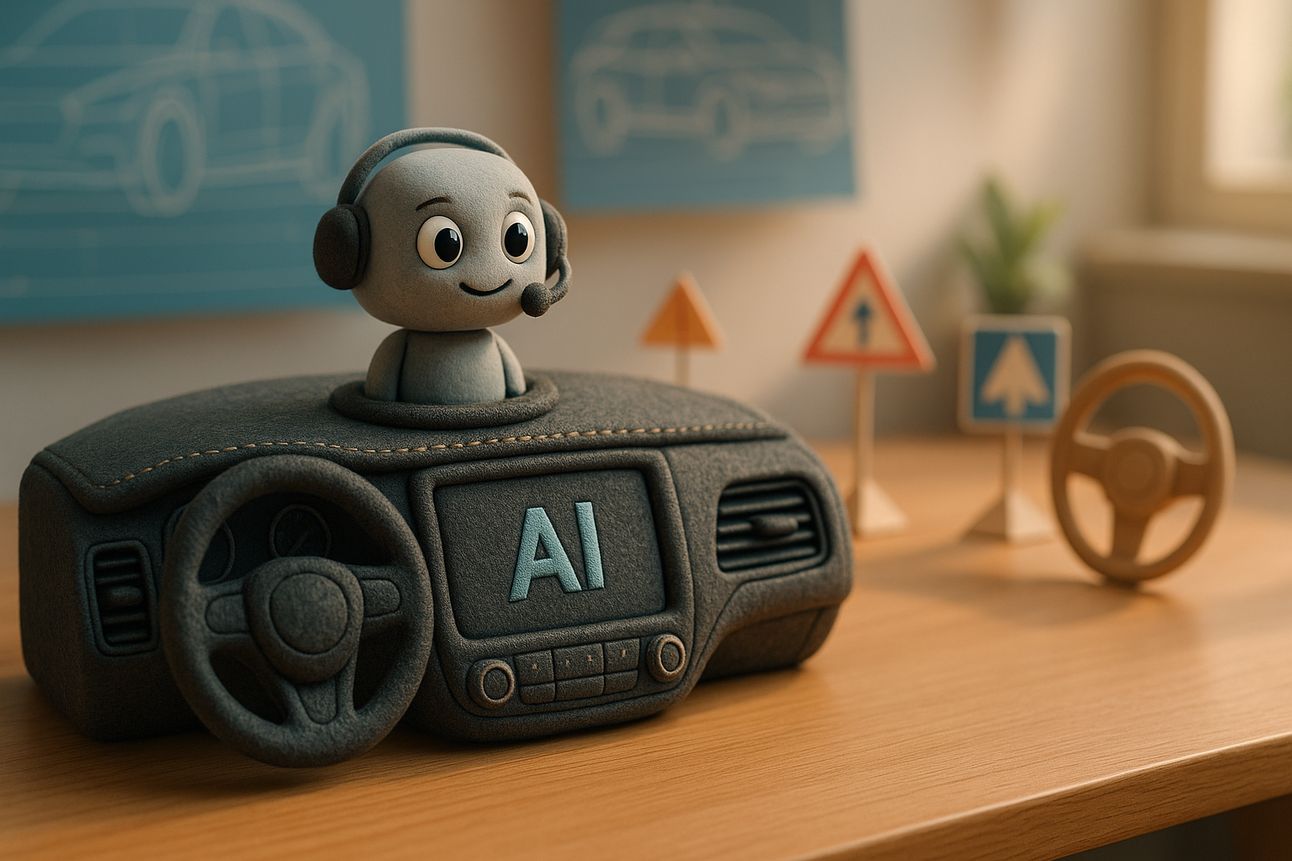- Today On AI
- Posts
- Google Adds Image-to-Video Generation to Gemini via Veo 3
Google Adds Image-to-Video Generation to Gemini via Veo 3
AND: Nvidia Eyes China Return with Blackwell-Based AI Chip

✨TodayOnAI’s Daily Drop
Google Adds Image-to-Video Generation to Gemini via Veo 3
Nvidia Eyes China Return with Blackwell-Based AI Chip
Grok in Your Tesla? Musk Says It’s Coming Next Week
💬 Let’s Fix This Prompt
🧰 Today’s AI Toolbox Pick
| 📌 The TodayOnAI Brief |

🚀 TodayOnAI Insight: Google has rolled out image-to-video generation in its Veo 3 model via the Gemini app, expanding creative tools for AI Ultra and Pro users. This update builds on its earlier Flow launch and reflects Google’s broader push into generative video.
🔍 Key Takeaways:
Image-to-video now live in Gemini: Users can upload a photo, describe audio, and generate a short video directly within the Gemini app.
Powered by Veo 3: The same high-fidelity model behind Flow, launched at Google I/O in May.
Global availability: Video generation is now accessible in 150+ countries.
Usage capped by tier: AI Ultra and Pro subscribers are limited to three video generations per day, with no rollover.
Watermarking baked in: All outputs carry both visible “Veo” marks and invisible SynthID watermarks for traceability.
💡 Why This Stands Out: Google is steadily positioning Veo 3 as a central asset in its generative video strategy, integrating it across both Flow and Gemini. By adding image-to-video within its flagship app, Google is not only expanding creative flexibility but also reinforcing its emphasis on watermarking and responsible AI labeling. As platforms race to define the future of synthetic media, how will usage caps and watermarking standards shape user adoption and trust?
Nvidia

🚀 TodayOnAI Insight: Nvidia is reportedly preparing a China-specific AI chip based on its Blackwell architecture, signaling a strategic workaround to U.S. export controls and a potential re-entry into a critical market.
🔍 Key Takeaways:
Nvidia plans to release a modified AI chip for China as early as September, per Financial Times.
The chip is based on the Blackwell RTX Pro 6000, adjusted to comply with U.S. export restrictions.
It will omit high-bandwidth memory and NVLink, limiting performance relative to Nvidia’s top-tier AI chips.
Nvidia previously said it would exclude China from future earnings forecasts—but that may shift again.
A company spokesperson acknowledged Nvidia’s absence from China’s datacenter market, which is now dominated by Huawei.
💡 Why This Stands Out: Nvidia’s move illustrates how U.S. export policy is reshaping global AI hardware strategies. While regulators tighten controls, chipmakers are adapting architectures to preserve market access. For Nvidia, the stakes are high: China remains a vital developer hub and commercial frontier. Will workarounds like this become the norm in an increasingly fragmented AI supply chain?
Grok

🚀 TodayOnAI Insight:
Elon Musk says Grok, xAI’s conversational chatbot, will arrive in Tesla vehicles “next week at the latest.” The announcement follows xAI’s release of Grok 4 and mounting speculation about when the bot would integrate with Tesla’s ecosystem.
🔍 Key Takeaways:
Grok will serve as an AI assistant in Tesla cars, enabling drivers to chat and assign tasks via voice.
The update appears limited to newer Tesla models equipped with Hardware 3.
Grok offers a range of "personalities," including NSFW modes, uncovered in recent firmware leaks.
Its rollout follows controversy: Grok was briefly pulled from X this week due to toxic and offensive outputs.
Grok is also set to power Tesla’s Optimus robot, making it a central component of Musk’s broader AI ambitions.
💡 Why This Stands Out: Grok’s integration into Tesla vehicles signals a major step toward multimodal AI assistants embedded in everyday devices—not just phones or desktops. Yet the timing, amid ongoing moderation issues, raises serious questions about deploying unpredictable models into safety-critical environments like vehicles. Is Tesla moving too fast in the race to make AI ubiquitous?
| 💬 Let’s Fix This Prompt |
✨ See how a simple prompt upgrade can unlock better AI output.
🔹 The Original Prompt
"Generate blog ideas for a tech company."
At first glance, this prompt might seem okay. But it's too broad — and that limits the quality of AI-generated results. Let’s improve it using prompt engineering best practices.
✅ The Improved Prompt
Generate a list of unique, engaging blog post ideas for a B2B tech company that wants to attract decision-makers in mid-sized companies. Focus on topics related to emerging technology trends, industry insights, and practical solutions their software offers. Include suggested titles and a 1–2 sentence summary for each idea.
💡 Why It's Better
Specific audience: Targets decision-makers in mid-sized companies.
Contextual focus: Emphasizes emerging tech and practical solutions.
Actionable output: Requests summaries and titles to spark execution.
Tone and style: Guides the type of content (insightful, engaging, relevant).
🛠️ Learn how to adapt this prompt for SaaS, AI tools, dev teams & more →
Read the full PromptPilot breakdown
💡 Bonus Tool: Want to generate and master prompts instantly?
👉 Try PromptPilot by TodayOnAI (Free to use)
| 🧠 Smart Picks |
📰 More from the AI World
🧰 Today’s AI Toolbox Pick
🍋LemonSqueezy (Finance Tool): Handles the tax compliance burden so you can focus on more revenue with less headache.
💻ZipWP (Web Design Tool): Creates stunning websites in seconds.
⚙️DupDub (Content Tool): An all-in-one content creation platform that allows you to craft your content effortlessly and streamline your workflow.